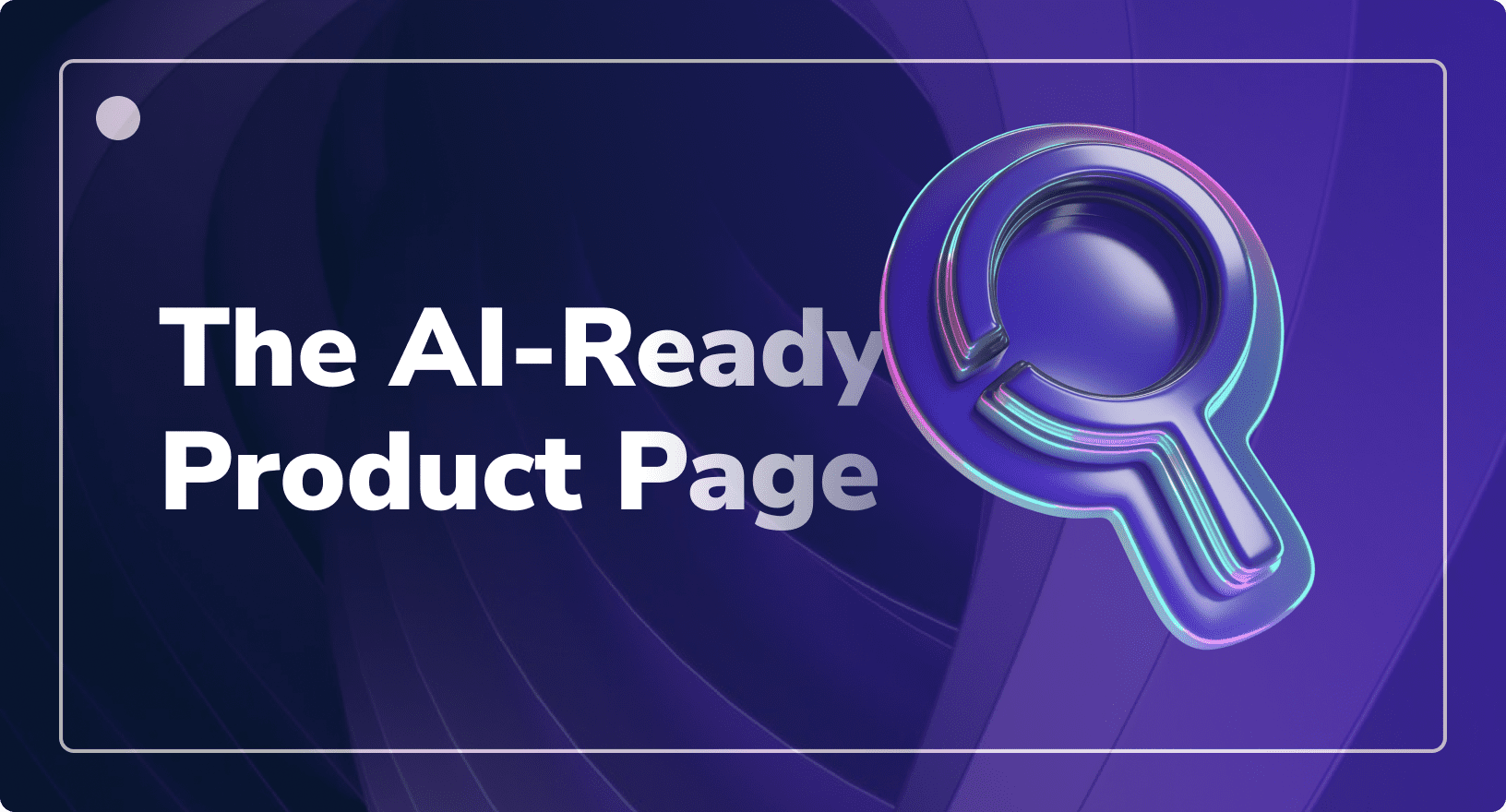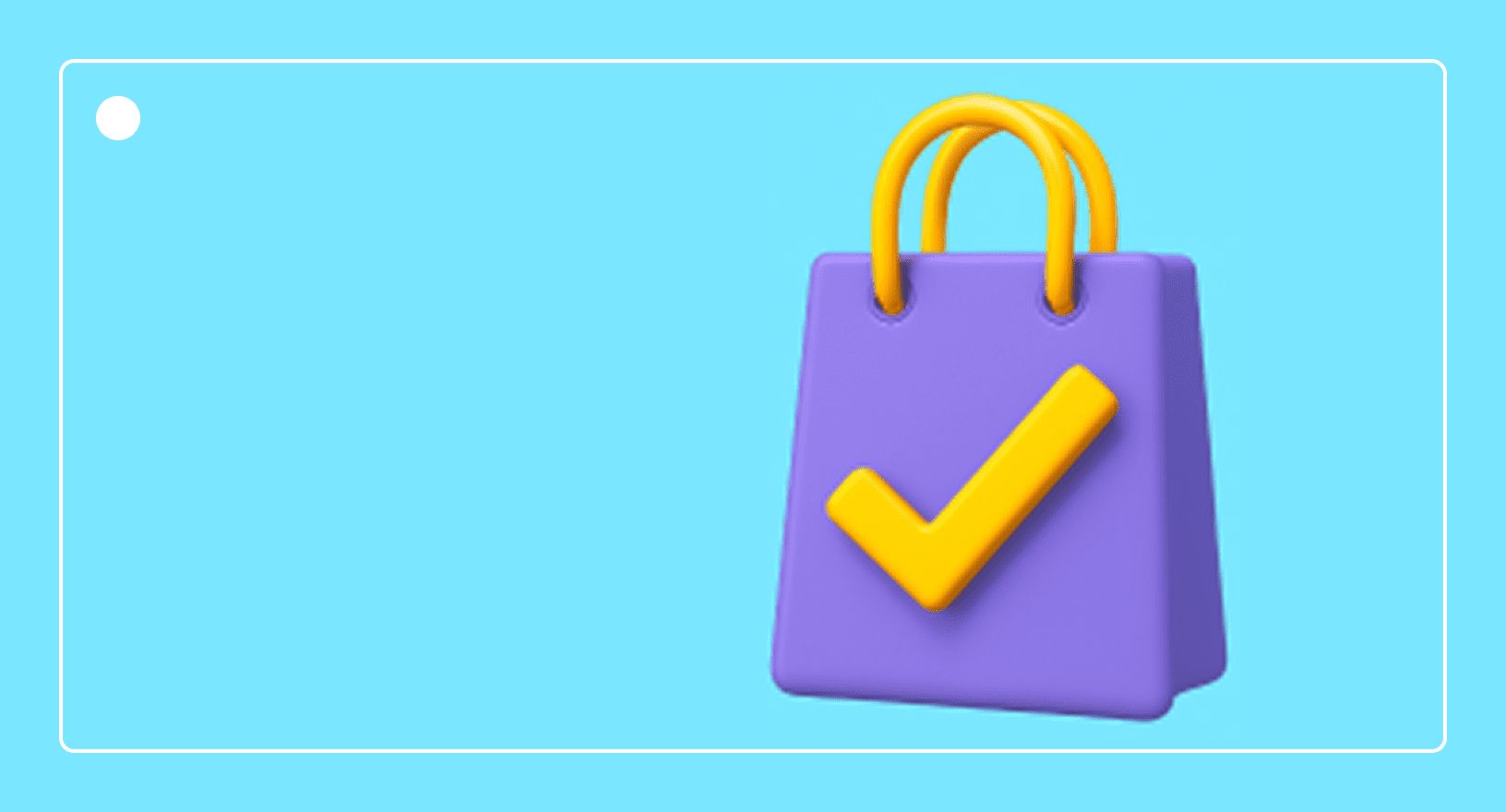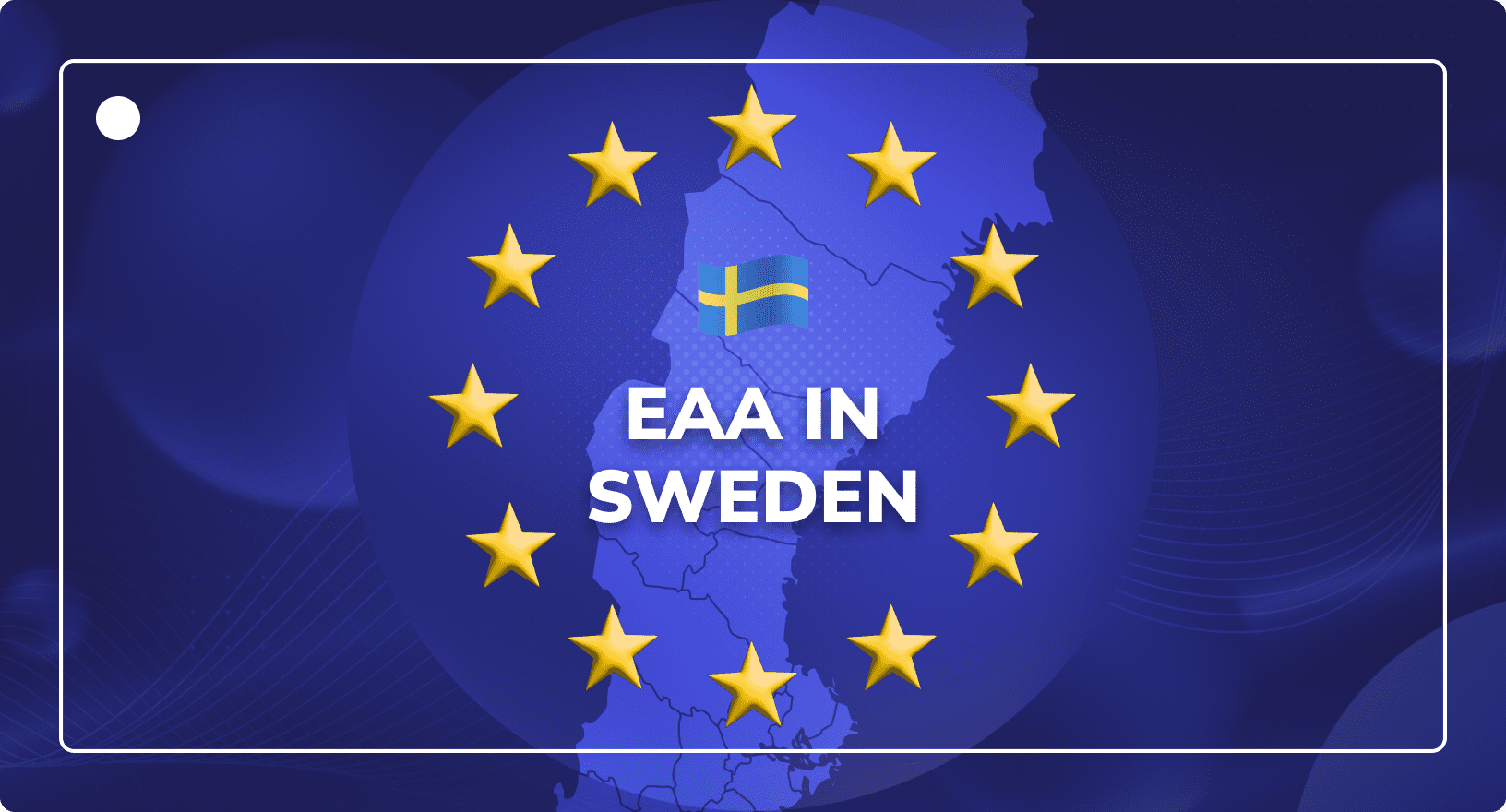What is Digital Asset Management? – An Expert Guide
Digital Asset Management
Updated on February 17, 2025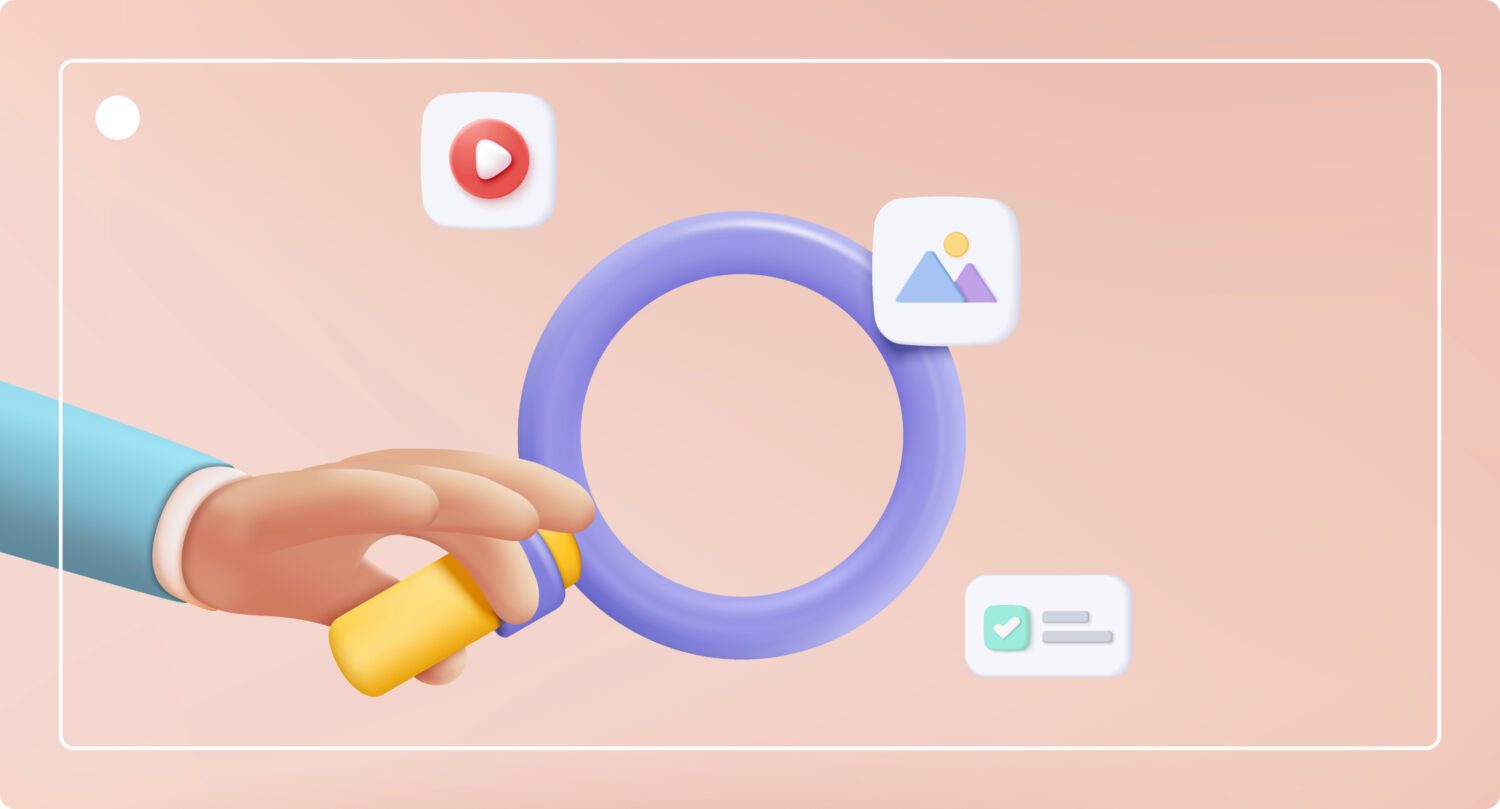
Digital asset management (DAM) is the storage, retrieval, management, optimisation and distribution of digital files. Many brands and retailers use complex digital asset management systems to assist with the organisation of massive volumes of files, images and videos.
In short, DAM software helps you manage your brand’s content, and passes it on to people or connected systems. Put more simply, it’s a central database for a company’s digital files. Let’s take a deeper dive though to fully answer the question, what is digital asset management?
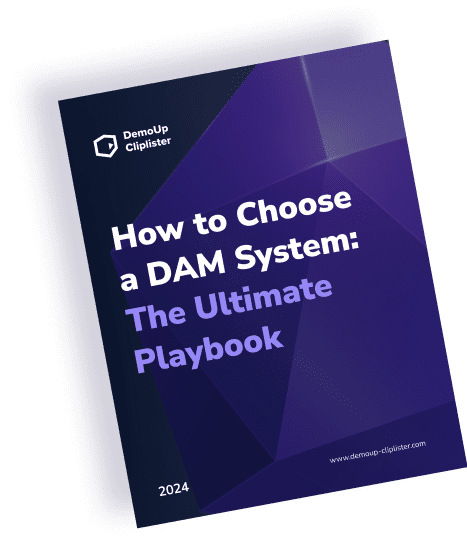
Comparing DAM Providers? Download Our Playbook!
Download Now For FreeWhat are Digital Assets?
Digital assets are any electronically stored materials with which companies can create value. These materials include, but are not limited to, audio, images, slide decks, spreadsheets, videos, websites and works-in-progress.
Other examples of common digital assets and their file extensions:
- Documents (.docx, .pdf, .html, .txt, .pptx)
- Spreadsheets (.xlsx, .csv, .tsv, .sxc, .ods)
- Images (.gif, .jpeg, .png, .tiff, .bmp)
- Videos (.mp4, .mov, .avi, .wmv, .flv, .html5)
- Audio (.mp3, .aac, .flac, .wav, .alac)
- Works-in-Progress (.psd, .psp, .prproj, .fcpx)
Of course, there are also many other types of files. The DemoUp Cliplister DAM even maintains 3D/AR models from brands and publishes them to leading retailers worldwide.
What Is a Digital Asset Management System?
A DAM system is a software application designed to organise, store, retrieve, and manage digital assets efficiently.
Historically, a digital asset management solution was stored on-premises and companies developed their own systems or hired IT consultancies to do it for them. But that was expensive and maintenance became too costly.
With the advent of cloud computing, most businesses moved their digital assets to third-party, web-based DAM software.
The primary purpose of a DAM solution is to centralise and streamline the management of these digital assets, making it easier for individuals or organisations to find and use their media files effectively.
For more detailed benefits, see our article on benefits of digital asset management.
Why Do You Need Digital Asset Management Software?
Most companies in almost every industry would benefit from implementing digital asset management software.
Here are some main reasons why a digital asset management solution is essential and signs you may need new DAM software:
1. You Have Huge Volumes of Files
As a system (and in some cases, a job description), a digital asset manager provides a comprehensive overview of all your files and assets which improves efficiency, improves asset performance, strengthens security and accelerates production timelines.
If you work with a lot of files, digital asset management software will help you organise, store and share files in a secure and central location.
A digital asset management solution helps employees use digital materials like images, videos and other media more effectively and in a controlled manner.
As mentioned by the Content Marketing Institute, “DAM is concerned with delivering the right content, to the right people, on all devices.”
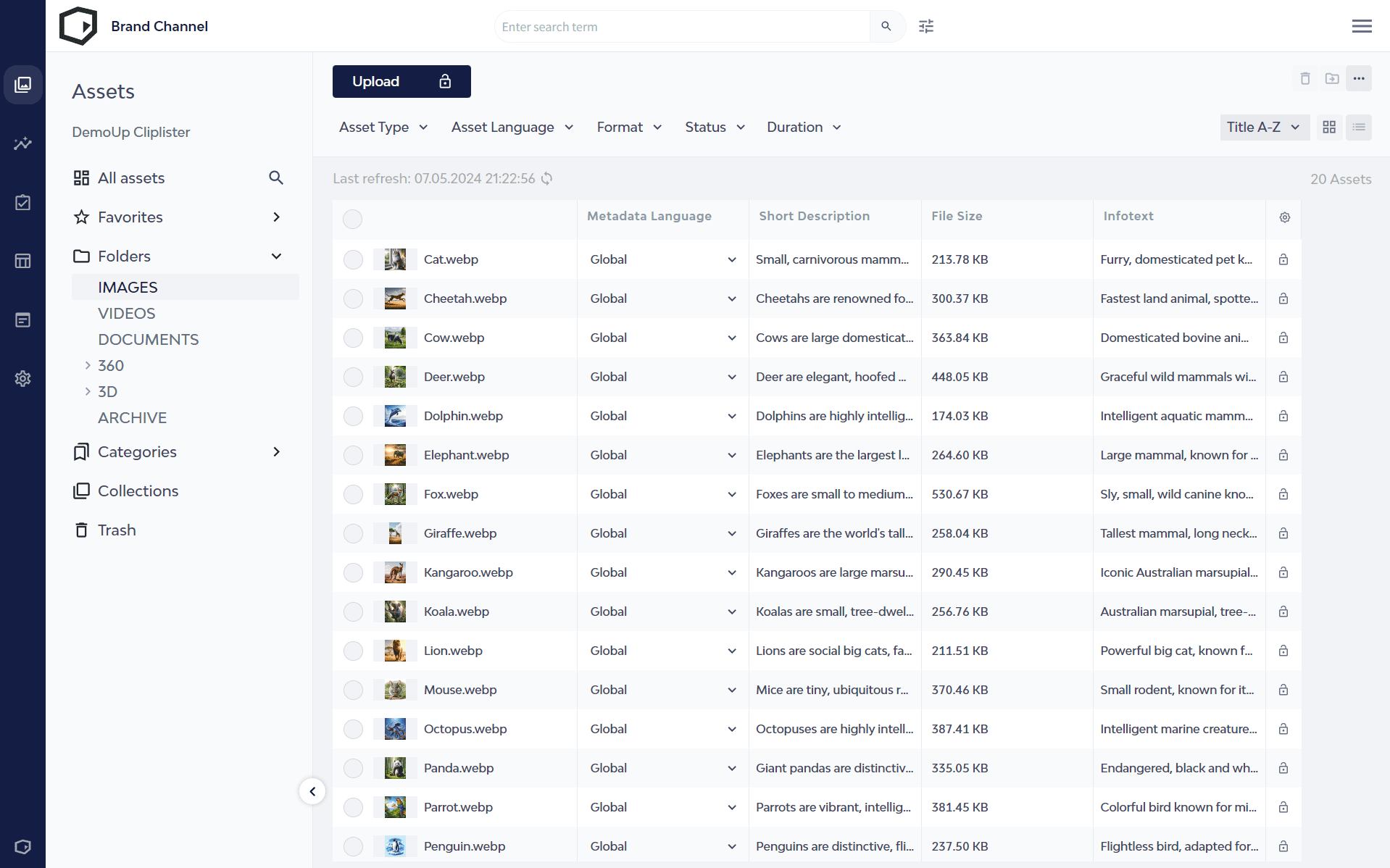
Because the number of images, videos, documents, and other files increases exponentially with a company’s growth, it becomes harder and harder to keep track of which brand assets are being used where, who’s working on what and where the final products are being delivered.
As a result, time is lost organising files and managing all the different versions of an individual asset becomes increasingly complex.
Without an overview of your digital content and the licenses you hold for each asset, you risk receiving costly warnings if the content is used incorrectly.
Digital asset management software solves these problems through clean, central management of digital content with associated metadata and clear version control.
These are just a few of the many reasons to rely on a DAM system.
2. You Have Several Types of Users
There are different roles in DAM, and you should implement user permissions according to the structure of your company.
The users of a digital asset management solution are widely distributed across a firm. Chances are, most departments, especially your marketing teams, will use specific aspects of a DAM platform every day.
Marketing and content will use the system to make new advertising material, product videos and images, or even 3D content available company-wide.
Other departments can also create and store files in the system. In principle, it makes sense to give every employee at least read-only access so that everyone has access to uniform content and information.
3. You Need to Optimise Files for Storage and Delivery
Even in companies with standard processes, people have different hardware and systems they use, even within the same teams. Apple products use different formats than Windows systems, which use different formats from devices using an Android OS.
By using digital asset management solutions with dynamic delivery and image optimisation already built-in, you will save your team time and resources converting files, establish a standardised way of working, and ultimately increase the speed with which you can deliver new content.
The Benefits of DAM for E-Commerce Companies
Online stores have to manage extraordinary amounts of digital assets. To do this effectively, they need to combine various functions like DAM, PIM, MRM, content management, and other processes to form a function called product experience management.
Therefore, the biggest benefits of DAM for e-commerce is how it enables you to manage large volumes of images, videos, and product information in a scalable manner.
A DAM for retail enables easy and quick access to any asset related to any of your products at any time and provides the foundation all other systems operate on top of.
Since you must update and maintain your content regularly, it’s best to develop a DAM system implementation plan, so you can properly incorporate the system into your company’s existing workflows and shop systems.
For e-commerce brands, digital asset management should also include distribution of optimised files directly to your partner retailers’ shops. This saves time-consuming conversion and publication processes for digital content.
Digital Asset Management for International Companies
For international companies, a DAM system plays an even more crucial role. A content hub allows employees to work internationally with company assets and makes information available in several languages based on location.
Therefore, the support of multilingual metadata should be an important factor when choosing a DAM in an international corporate context.
How Does Digital Asset Management Software Work?
At its most basic level, digital asset management software works by enabling workflows your team can use to store and share files. Each time a user uploads a new asset, they start with tagging metadata, which is assigning descriptive attributes to the file.
Metadata includes keywords, attributes and tags that the system uses to categorise, search for, and retrieve specific content.
Some systems, like DemoUp Cliplister’s, offer automatic metadata tagging using technology that recognises patterns in digital assets like images and videos, which saves enormous amounts of time.
BONUS: Read our article on “Metadata Tagging Best Practices and Its Role in DAM” for more about how metadata impacts digital asset management.
Core DAM Functions
There are several functions software should offer before it’s called a DAM. Here is a comprehensive breakdown of the functions and features of digital asset management software:
1. Storing Digital Assets
The primary function of a DAM solution is to store your new and existing disigtal assets. This provides you a central point of operation for digital asset lifecycle management.
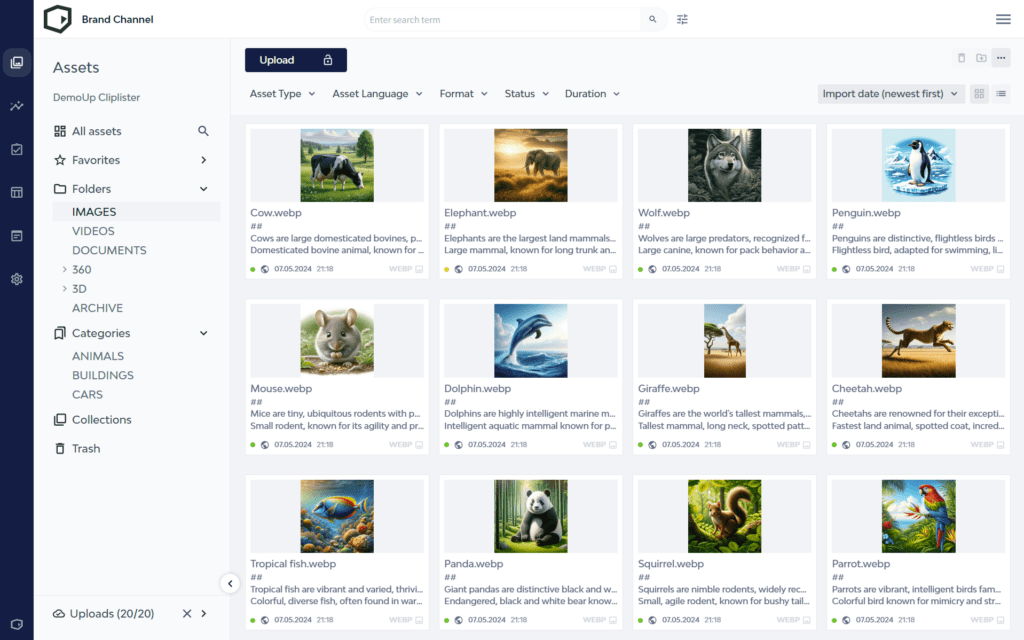
In other words, DAM software ensures you have a safe, centralised repository for all your marketing materials, creative assets, and media library.
2. Organising Digital Materials
Another key DAM functionality is the organisation of materials in a centralised location. This is especially key if you have employees in multiple locations who need to access assets asynchronously.
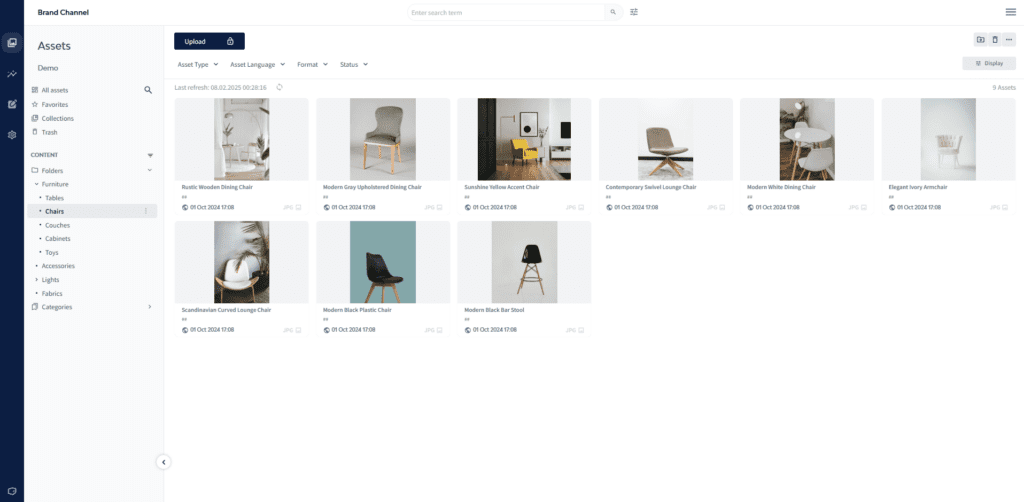
Digital asset management software enables this by providing heirarchical folder structures, and good software lets users save assets within categories or collections.
3. Search Function and Asset Retrieval
A DAM solution also facilitates faster searches and asset retrieval. This functionality uses metadata to understand what an image, video, or other file is about.

The more comprehensive your metadata, the easier it is for your DAM solution to understand your search. Today’s DAM systems use AI to identify what’s in images, making metadata tagging easier and more efficient.
4. Version Control
Ever made changes to a document, and overwrote the previous version, resulting in its total loss? Don’t worry, we have too.
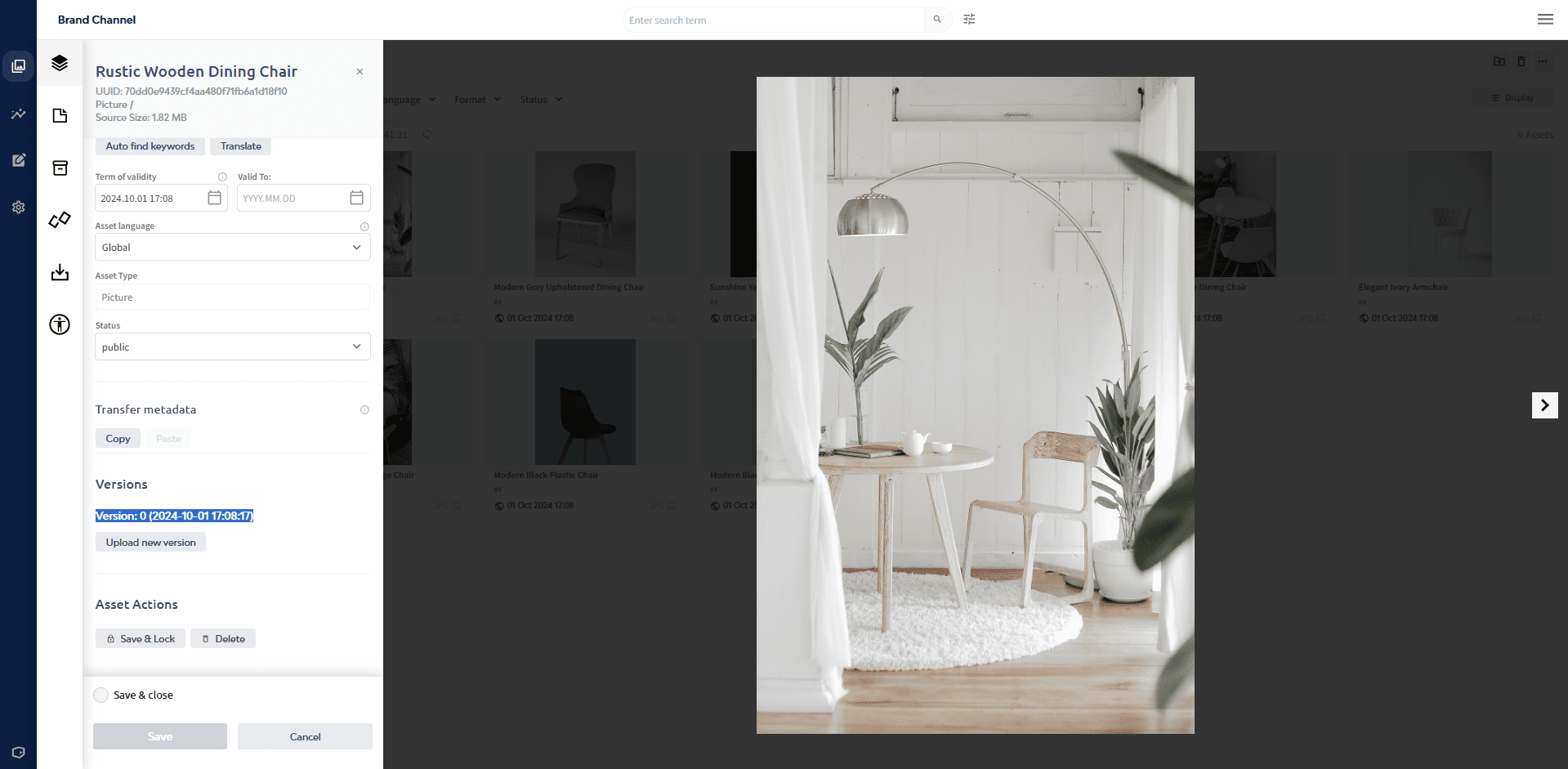
DAM solutions protect you against this exact scenario with something called version control. Version control lets you track changes made to specific assets, making asset recovery fast and easy.
5. Access Control and User Permissions
Access control and user permission functions do exactly what they sound like – provide specific users access to digital assets. Normally, you can permit or restrict access on a user-by-user basis, or define roles within your DAM.
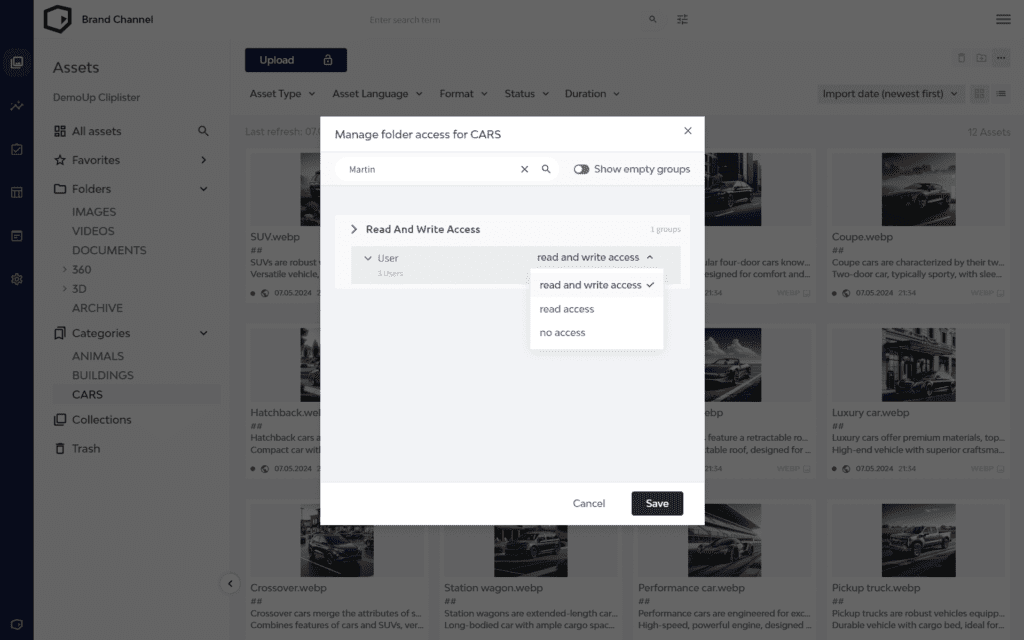
Controlling access rights and user access permissions prevents external parties from making unwanted changes. This makes setting access permissions one of the key components of modern DAM systems.
6. Workflow Automation
DAM technology is advancing rapidly. The process has evolved from being simple media library requiring extensive konwledge of taxonomy and naming conventions, to a highly advanced, AI-powered automation tool.
Modern DAM tools help reduce operational costs by automating repetitive tasks like metadata tagging, creating image versions for multiple devices, and even creative editing.
For more infromation on DAM workflows, read “DAM Workflow 101“.
7. Asset Distribution and Sharing
Your marketing teams create valuable assets, and your sales teams need them to sell products. In today’s digital environment, a DAM helps both your sales and marketing teams share creative files both internally and externaly via the use of embeds, links, or other methods.
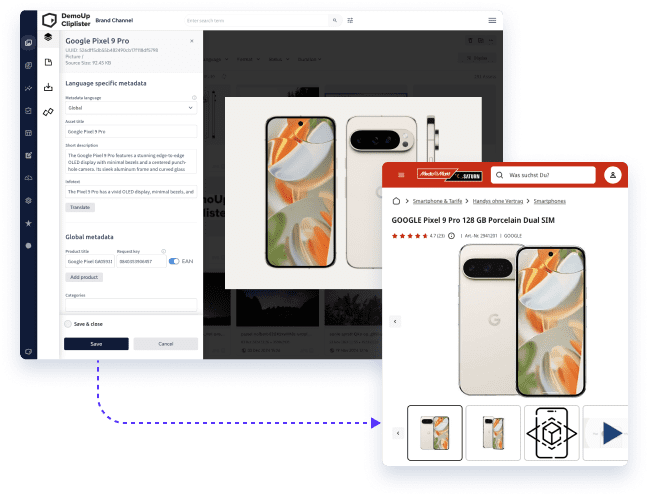
A perfect example of a DAM handling asset distribution and sharing is the DemoUp Cliplister syndication network. Brands upload content to the system for display at retailers, while retailers use the system to access content and distribute it to the front end.
8. Digital Rights Management
Digital rights management (DRM) covers the legal side of DAM. DRM functions let users define go-live and expiration dates for key stakeholders, which helps maintain brand consistency and ensure compliance to asset usage gudielines.
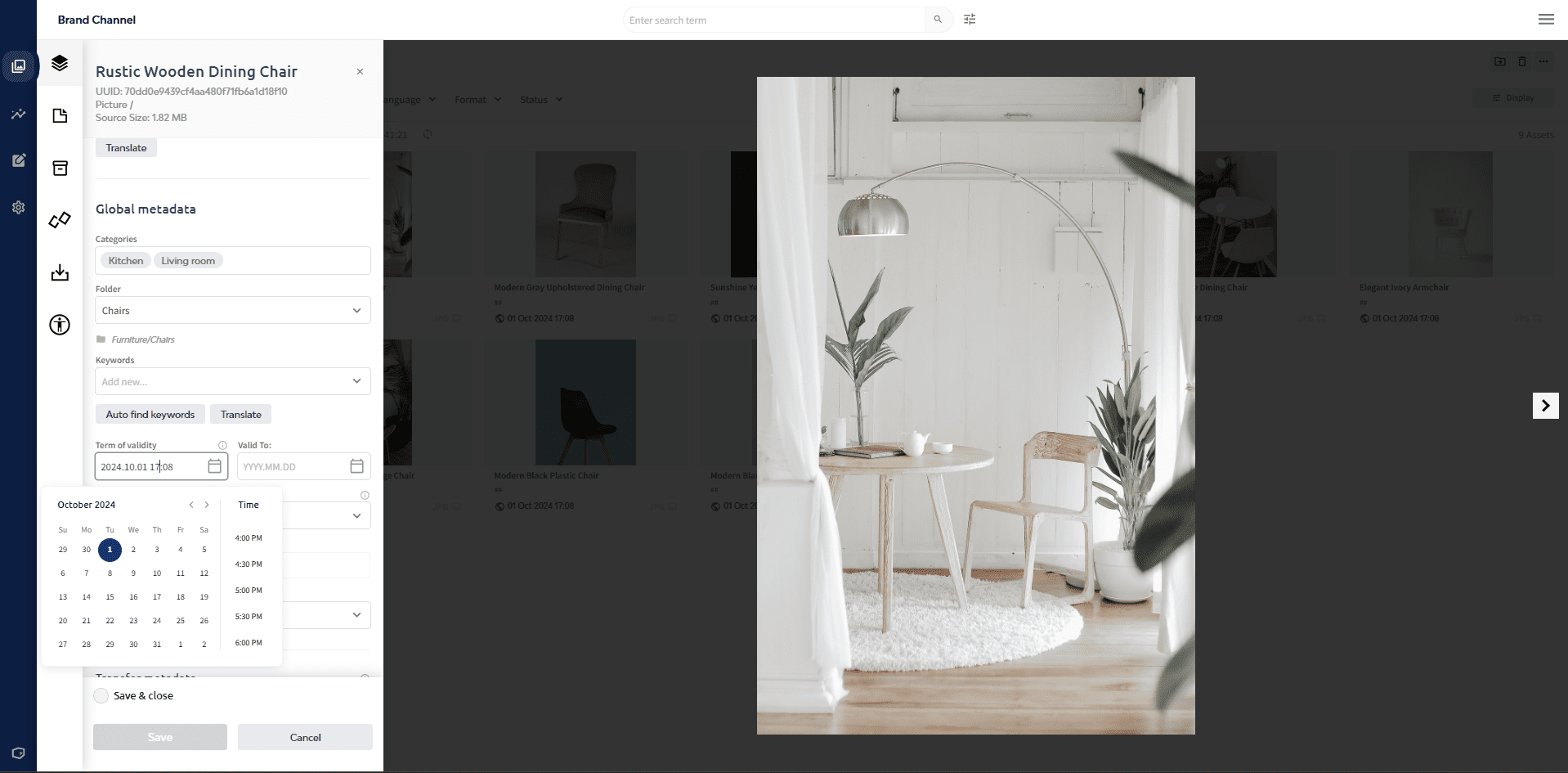
On top of providing a consistent brand image, comprehensive digital rights management protects both internal and external stakeholders stay on the right side of legal compliance.
9. Integrations With Other Tools
As DAM platforms move away from basic asset library functions to more important tasks, integrations with other tools become increasingly important.
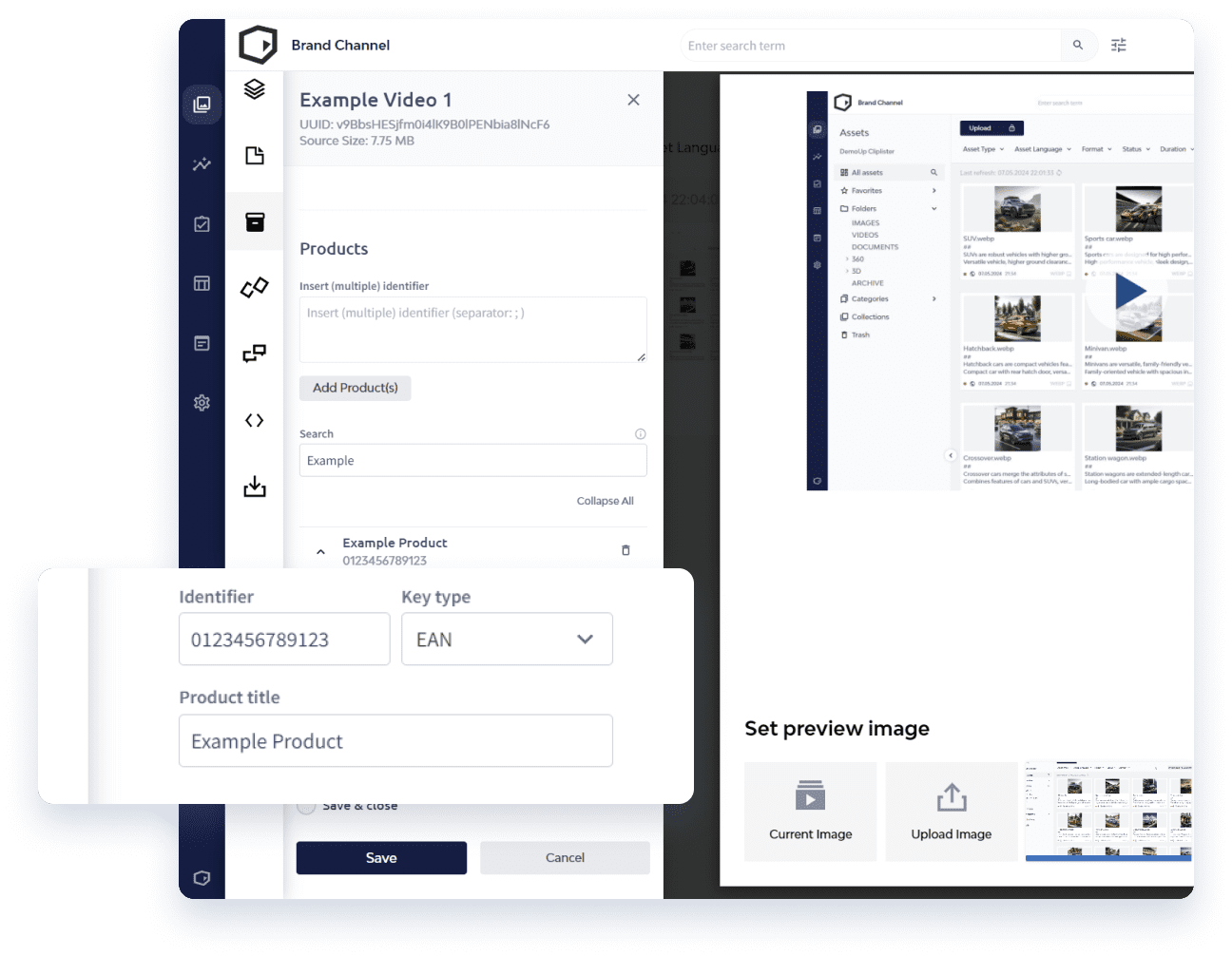
For instance, DemoUp Cliplister, as an e-commerce DAM, provides support for PIM and DAM integrations, and integrations into e-commerce shop systems for automated content updates.
10. Scalability
Lastly, a DAM platform should grow alongside your business. As organisations expand their digital footprint, the demands on their DAM systems also increase.
Scalability in the context of Digital Asset Management (DAM) software refers to the system’s ability to grow and adapt in response to a business’s evolving needs without compromising performance, functionality, or user experience.
Types of Digital Asset Management
There are several different types of digital asset management systems, and also various hosting environments. Finding the best combination of each will provide you with the most effective capabilities.
Digital Asset Management
A traditional DAM is used for managing all types of assets, including videos, images, audio files, documents, and so on.
It helps your business create a searchable digital library so that every employee can find exactly what they need.
It acts as a single source of truth so that you can maintain brand consistency and avoid outdated content.
Media Asset Management
Media asset management (MAM) is more specific. MAM software is explicitly for managing digital media assets like videos, images, or 3D models.
It won’t have the same capabilities as a DAM for document management, but will usually have additional functionality for managing videos or images.
Video Asset Management
Video asset management is a very specific form of MAM, strictly focused on the management of video files. This is typically used by companies who only need to manage video files and little else.
Video asset management software is ideal for companies in the media or broadcasting industries.
You can see more in our article about digital asset management for video.
Product Information Management
Product information management (PIM) is a centralised system that effectively organises, enriches, and disseminates comprehensive and accurate product data across various channels and platforms.
A PIM is typically used along with a DAM to provide a complete Product Experience Management (PXM) platform. Read our comprehensive article if you want to take a deep dive into the differences between PIM and PXM.
Brand Asset Management
Brand asset management (BAM) is fairly different to the four types of asset management listed above.
Rather than managing digital assets, organisations use brand management software to ensure that their trademarks, imagery, videos, and other communications materials (both internal and external) are consistent.
Typically, companies use a DAM to store brand assets to that help with identity, like media kits, logos, colour schemes, and more.
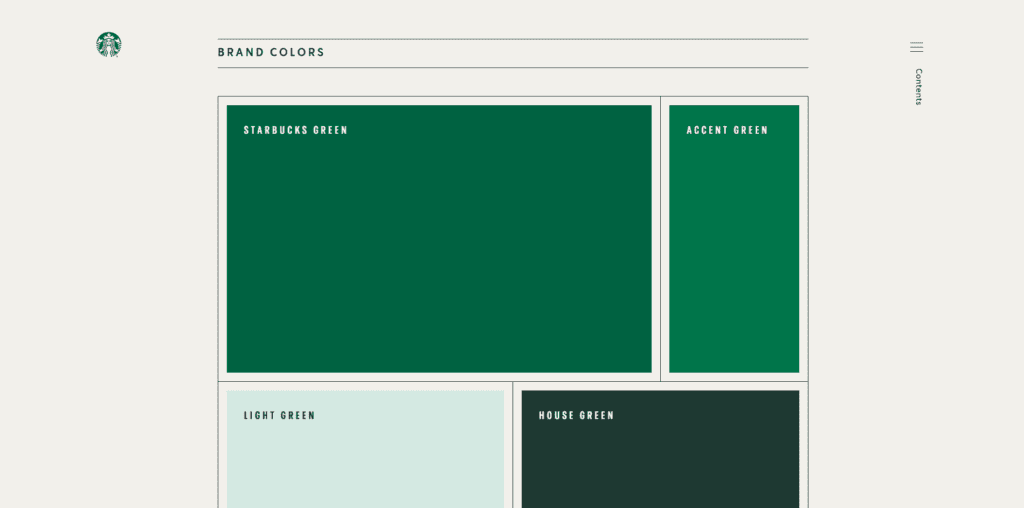
For an example of how BAM helps protect brand assets, we recommend checking out Starbucks brand guidelines.
It shows examples of appropriate brand assets to use based on time of year, product line, and even context.
Marketing Resource Management
Marketing Resource Management (MRM) is a more strategic approach. It is the planning, coordination, and optimisation of marketing activities.
MRM manages people, processes, and technology to allocate and utilise marketing resources effectively, aiming to enhance efficiency, streamline workflows, improve collaboration, and maximise ROI.
MRM provides a centralised platform for planning, executing, and measuring marketing initiatives, enabling organisations to achieve greater control, visibility, and effectiveness in their marketing efforts.
How to Choose the Right DAM System for Your Company
Choosing the right DAM system is important regardless of the size and industry your firm operates in. For most people, though, knowing how to choose a digital asset management system is a battle in and of itself.
However, before you start with the selection process, you need to know your current workflow, the problems your employees have with the status quo and how much time and resources you spend maintaining files the way things are.
After you understand this, there are other questions you need to answer before you begin your search. Here are some basic criteria most companies find useful in helping them narrow down their search for their next digital asset management platform.
- How many users should use the DAM?
- How many files should be saved?
- Is there a focus on specific content formats (e.g., videos)?
- Will the system be used internationally?
- Which systems need to be connected to the DAM?
- What languages does the system need to support?
- Which formats does the digital asset management system need to be able to convert?
- Do individual workflows have to be mapped in the DAM?
- Does the digital asset management system also have to be able to deliver content efficiently?
- Should the DAM be hosted in the cloud or on-premises?
- Are functions with artificial intelligence required?
By taking the time to properly map out your company’s needs, you get a better picture of exactly the type of system you need.
The Best DAM Software Providers

Comparing DAM Providers? Download Our Playbook!
Download Now For FreeTo get the best DAM software for your organisation’s unique requirements, you need to know where to send request for proposals (RFPs). Here is an overview of the top DAM providers you’ll come across – and their alternatives:
- DemoUp Cliplister – Best for e-commerce & product content
- Acquia DAM (Widen Collective) – Best for web content management
- AEM DAM – Best for seamless integration into Adobe ecosystem (view alternatives)
- Aprimo – Best for marketing resource management (view alternatives)
- Brandfolder – Best for brand management (view alternatives)
- Bynder – Best for creative collaboration (view alternatives)
- Canto – Best for small & medium businesses (view alternatives)
- CELUM – Best for complex content operations (view alternatives)
- Cloudinary – Best for media-rich web and mobile applications (view alternatives)
- Dash – Best for affordability and simplicity
- Desygner – Best for graphic design agencies
- Dropbox for Enterprise – Best for file storage and sharing
- Frontify – Best for brand guidelines and digital brand management (view alternatives)
- MediaValet – Best for Microsoft ERP integrations
- Scaleflex – Best for startups with basic media needs
- Wedia – Best for complex digital rights management
Digital Asset Management with DemoUp Cliplister
Actively looking for a DAM? Be sure to check out DemoUp Cliplister’s DAM software for e-commerce brands and shops. Here are some features you won’t find anywhere else:
- Real-time transfer of product content from brands to shops
- Optional “headless” implementation via an API
- Fully-customisable workflows
- Automatic metadata tagging & translations
- Dynamic image delivery capabilities
- 3D asset management
- Much more
What makes this different to my existing PIM, MAM, or CMS?
On the surface, DAM platforms sound a lot like product information management (PIM), media asset management (MAM), or content management systems (CMS). However, there are some crucial differences worth outlining.
Differences Between PIM and DAM
The primary difference between a DAM and PIM is the task each system performs. A PIM system is responsible for storing and delivering product data, whereas a DAM solution stores and distributes various types of files.
These systems are complementary to each other. A DAM system can help your team access and deliver certain files to specific retailers. A PIM system can help your team access and deliver product specifications, numbers, and other descriptive text to product detail pages (PDPs).
Note: The DemoUp Cliplister DAM was developed to complement any type of product information management (PIM) system. Get in touch, and we’ll be happy to show you how we integrate with yours.
Differences Between MAM and DAM
The difference between digital and media asset management is more nuanced. Media asset management is the process of creating, storing, distributing and analysing media assets.
This gives media asset management a more specific role than a DAM solution.
MAM systems have more capabilities surrounding the management of images and videos, but lack functionalities in other areas like documents or works-in-progress.
DAM software, on the other hand, provide an all-encompassing solution. The software provides you and your team with the flexibility to work with all kinds of digital content for all types of purposes, optimise those files and deliver them to relevant stakeholders.
Differences Between a DAM and CMS
A digital asset management (DAM) system organises and shares multimedia assets like images and videos, while a content management (CMS) focuses on creating, managing, and publishing text-based content for websites.
In a nutshell, DAM software excels at file storage, rights management, and organisation, while CMS platforms prioritise delivering content to the web.
DAM Hosting Environments
DAM providers typically offer two types of systems. On-premises DAMs use servers physically located on-site, while cloud-based DAMs store files electronically.
Employees of companies using cloud-based DAMs, also known as SaaS or web-based DAMs, can access systems from anywhere, whereas workers must be physically connected to a local area network (LAN) to access files stored on-premises.
If you’re deciding which type of DAM solution is right for you, read our post on the differences between on-premises and cloud-based DAMs to better understand each option’s pros and cons.
Types of SaaS-Based DAMs
Additionally, there are two types of SaaS DAMs, also known as cloud-based DAM systems, and each has a different level of flexibility versus simplicity.
The first type is traditional DAM software, which comes with a pre-built front-end and user interface (UI). Traditional DAMs are plug-and-play and ready for implementation out of the box.
However, these systems rely on strict, pre-determined workflows.
Headless DAMs, on the other hand, are fully customisable using advanced programming interfaces, also known as APIs.
Since these systems don’t use pre-built UIs or pre-defined workflows, you can implement custom processes that make the most sense for your business.
Most enterprises prefer headless DAM systems because the platforms allow the flexibility required for managing huge amounts of digital assets.
Types of On-Premises DAMs
An on-premises DAM is hosted by the company or organisation using it. While this was the standard digital asset management platform style in the past, it’s become outdated.
Nowadays, on-premises DAMs are common in industries that require a high-level of security or have a large, cheap availability of labour (think universities) that can manage and maintain the infrastructure.
On-premises DAMs can be managed externally but hosted locally, home-brewed, or completely self-contained.
This makes on-premises DAMs a hard thing to manage for many businesses. Unless you have a large, dedicated team able to manage, maintain and develop it, you would be better off with a SaaS DAM.
Conclusion
Digital asset management is one of the most important processes in a business. These systems and the elements of them are the central points for all a brand’s digital content.
A DAM makes the use of media, facilitates search and creating multiple versions of an asset easier by sourcing them from one primary file.
In addition, it simplifies the international use of media and avoids costly licensing problems by providing your employees with the ability to assign additional metadata to digital assets.
However, it’s only possible to implement DAM software optimally when it is seamlessly integrated into the processes of a company and made easily accessible to many employees.
An example would be using a DAM system in parallel with a PIM platform to take full control of your retailer’s product pages.
By choosing the right system, you can greatly improve your processes, increase efficiencies across your business, strengthen security and improve your overall performance.
Check out the DemoUp Cliplister blog for more information about product content and how it can be used to improve your eCommerce business.
Or, visit the homepage to see an overview of DemoUp Cliplister’s full line of products and services.
Digital asset management (DAM) refers to the process of organising, storing, and retrieving digital assets such as images, videos, and documents. It involves using specialised software to manage these files efficiently, ensuring easy access and proper utilisation.
Companies need digital asset management to efficiently organise, store, and retrieve digital assets, ensuring quick access and consistent use. DAM improves workflow, enhances brand consistency, and reduces time and costs associated with searching for and reusing digital assets.
In a company, digital asset management is typically the responsibility of marketing and creative teams, IT departments, and designated DAM managers. These roles ensure the organisation, accessibility, and maintenance of digital assets to support efficient workflows and brand consistency.
Digital asset management improves your business by streamlining the organisation and retrieval of digital assets, enhancing workflow efficiency, ensuring brand consistency, and reducing costs and time associated with locating assets. It also supports better collaboration and faster project completion.
Digital asset management fits into a business’s operations within marketing, creative, and IT departments. It supports content creation, brand management, and collaborative projects by organising and providing easy access to digital files, thus enhancing overall operational efficiency and consistency.
It is time to invest in digital asset management when your business experiences challenges in organising, accessing, and sharing digital files. Indicators include increasing time spent searching for assets, inconsistent branding, and difficulty in managing large volumes of digital content.
Better Content. More Sales.
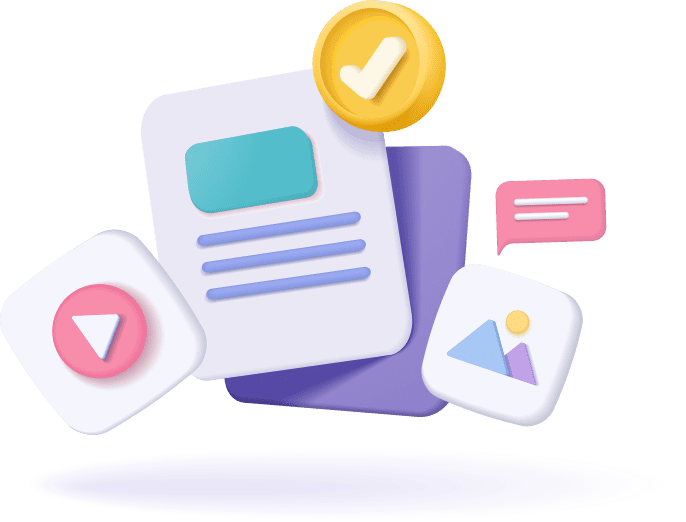
Fill out the form to discover our end-to-end eCommerce content solutions for brands & shops
